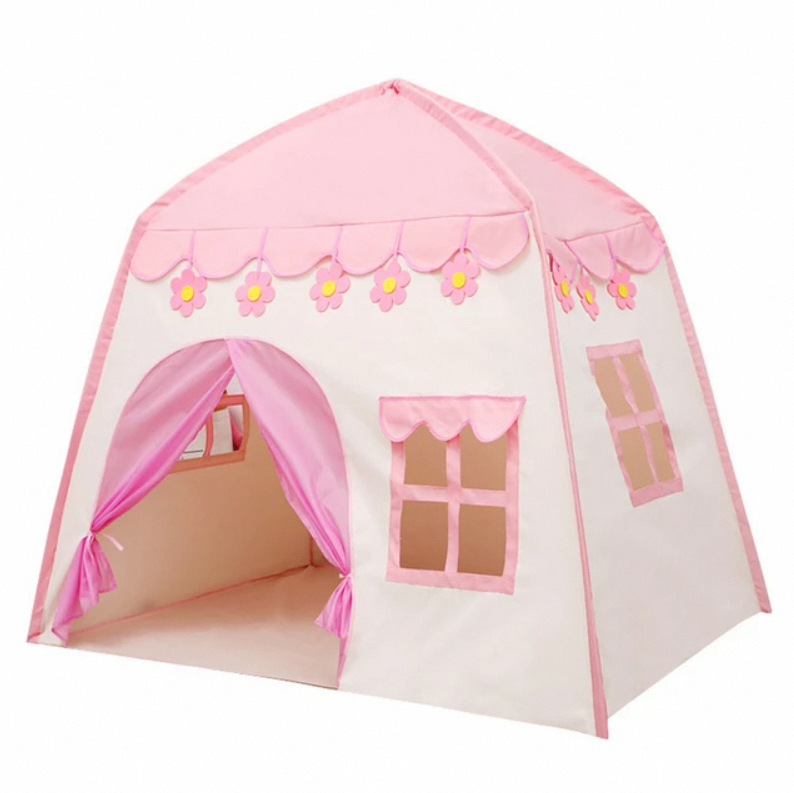Pop-up tents are a popular choice for outdoor enthusiasts due to their ease of use and quick setup time. However, it is essential to store pop-up tents correctly to keep them in good condition and ready for use the next time they are needed. In this article, we will provide a detailed overview of how to properly store pop-up tents.
Step 1: Clean and Dry the Tent
Before storing a pop-up tent, it is crucial to clean and dry it thoroughly. Remove any dirt or debris from the tent fabric and poles using a soft brush or cloth. A mild soap can be used if necessary, but make sure to rinse the tent thoroughly to remove any soap residue. Allow the tent to dry completely in a well-ventilated area before storing it.
Step 2: Pack the Tent Properly
When packing a pop-up tent, it is important to fold it properly to prevent damage to the poles and fabric. Start by collapsing the tent according to the manufacturer’s instructions. Then, fold the tent into a rectangle shape, making sure that the poles are tucked in and the fabric is smooth. Avoid bending or creasing the poles when folding the tent.
Step 3: Store the Tent in a Dry Place
Pop-up tents should be stored in a dry place to prevent mold and mildew from developing. A cool, dry basement or storage area is ideal. Do not store the tent in a damp or humid environment, as this can cause damage to the fabric and poles.
Step 4: Use a Storage Bag
To protect the tent from dust and debris, store it in a storage bag. Some pop-up tents come with a storage bag, but if your tent does not, a large duffel bag or canvas tote can be used. Make sure that the bag is large enough to accommodate the tent and that it is made of breathable material to prevent moisture buildup.
Step 5: Avoid Compressing the Tent
Avoid compressing the tent too much, as this can cause damage to the poles and fabric. Do not stack heavy objects on top of the tent, as this can also cause damage. Instead, store the tent in a position where it is not likely to be compressed.
Step 6: Check the Tent Periodically
It is a good idea to check the tent periodically during storage to make sure that it is still in good condition. Check the fabric and poles for any signs of damage or wear and tear. If the tent has been stored for an extended period of time, set it up to make sure that everything is functioning correctly.
Step 7: Consider Climate-Controlled Storage
For long-term storage, it may be worth considering climate-controlled storage. Climate-controlled storage units are designed to maintain a constant temperature and humidity level, which can help prevent damage to the tent fabric and poles.
In conclusion, pop-up tents are easy to store as long as a few simple steps are taken to protect them from damage. Clean and dry the tent thoroughly before packing it away, fold it properly to prevent damage to the poles and fabric, store it in a dry place, use a storage bag to protect it from dust and debris, avoid compressing the tent too much, and check it periodically during storage to ensure that it is still in good condition. By following these simple guidelines or considering climate-controlled storage, pop-up tents can be stored safely and conveniently until they are needed again.

